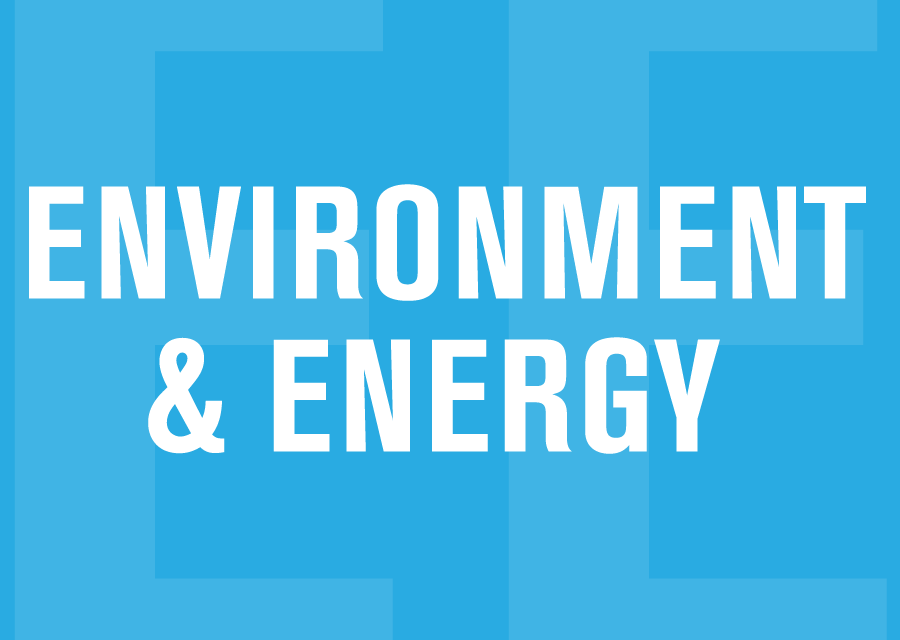At the risk of being repetitive, it’s hard not to address the dearth of discussion about climate change in the media’s reflections on the ten-year period that ended last week. Even as drought stricken Australia burned amidst heat waves and fierce winds, the media presented a menu more concerned with reflections on populism, pop culture and political positioning than climate change. Then, forcing everyone to move on, Trump changed the channel with his reckless adventurism in Iraq.
One notable exception to the trend bemoaned above was a piece in the National Observer, part of a collaboration with HuffPost. It was replete with data showing growth over the decade of the climate crisis, including:
- The years from 2014-2018 were the hottest ever recorded;
- Four of the five largest wildfires in California history happened in the decade;
- Six category 5 hurricanes – Dorian, Lorenzo, Michael, Irma, Maria and Matthew – hit the Atlantic region between 2016 and 2019;
- Arctic sea ice cover dropped by over 13 per cent;
- There was a doubling of “billion dollar” climate disasters in the US – more than 115 floods, droughts, storms and fires that led to losses exceeding $1 billion each. That’s nearly double the number recorded during the previous decade.
Over the years, many stories about climate change were speculative, scientists forecasting what will happen unless. That sort of hypothetical stuff is challenging to report on, but even as the theoretical becomes factual the standoffishness continues. Take for example the build up of carbon dioxide in the atmosphere, the phenomenon that almost everyone agrees is causing climate chaos. How did that go this past decade?
As you may guess, not well. The final numbers for 2019 aren’t in yet, but the increase in atmospheric carbon dioxide over the nine-year period from 2009 to 2018 was greater than any decade going back to 1959, when they started keeping records.
According to the US National Oceanic & Atmospheric Administration’s Earth System Research Laboratory, the annual average concentration in 2018 was 408.52 parts per million, up from 387.43 ppm in 2009. As Table1 shows, with one year still to count, the years since 2010 have already shown a greater increase than any previous decade on record.
Table 1. Increase in atmospheric CO2 by decade
| Decade | CO2 Increase ppm | Percentage increase |
| 1959-69 | 315.97 to 324.62 | 2.74% |
| 1969-79 | 324.62 to 336.84 | 3.76% |
| 1979-89 | 336.84 to 353.12 | 4.83% |
| 1989-99 | 353.12 to 368.38 | 4.32% |
| 1999-09 | 368.38 to 387.53 | 5.17% |
| 2009-18 | 387.43 to 408.52 | 5.44% |
With levels in December 2019 measuring 411.85 ppm, the annual mean for 2019 will no doubt bring the increase for the decade to over six per cent.
Big emitters by decade
As for the greenhouse gas emissions that cause the buildup, decade-to-decade global numbers are not readily available. Countries report them to the UN which releases incomplete reports. However, carbon emissions, source of 76 per cent of GHG emissions[i], are presented back to 1960 in the Carbon Atlas. That source projects carbon emissions of 36.8 billion metric tons of CO2 in 2019. This would represent only a slight rise from 2018, tempering an increase of almost 17 per cent in global CO2 emissions over the decade – a ten-year period during which several countries, including Canada, promised cuts but failed to deliver.
| CO2 Emissions | Billions of tonnes | |||||
|---|---|---|---|---|---|---|
| 1999 | 2009 | Increase | 2019 (projected) | Increase (Projected) | CO2 per capita (tonnes) |
|
| Global | 24.46 | 31.53 | 28.9% | 36.80 | 16.7% | 4.8 |
| China | 3.26 | 7.76 | 138.0% | 10.32 | 33.0% | 7.0 |
| USA | 5.83 | 5.49 | (5.8%) | 5.31 | (3.3%) | 16.6 |
| EU | 4.10 | 3.94 | (3.9%) | 3.38 | (14.2%) | 6.9 |
| Russia | 1.49 | 1.53 | 2.7% | 1.71 | 11.8% | 11.7 |
| India | 0.99 | 1.72 | 73.7% | 2.70 | 57.0% | 2.0 |
| Japan | 1.24 | 1.16 | ( 6.5%) | 1.13 | (2.6%) | 9.1 |
| Canada | 0.55 | 0.54 | ( 1.8%) | 0.57 (2018) | 5.5% | 15.3 |
Following the failure of the 2009 UN climate change conference in Copenhagen, only an extreme optimist would find solace in the fact that the 16.7 per cent increase in global carbon emissions in the decade just past was about one half the rate experienced from 1999 to 2009. During those earlier years, the massive increases from China and India shown in the table provided western governments with excuses not to make the necessary cuts to their own emissions.
However, although China overtook the US as the largest emitter in 2006, the US is still the biggest contributor to cumulative emissions, 25 per cent in 2017, followed by the European Union at 22 per cent. China was responsible for 12.7 per cent, Canada two per cent. And as the last column of the table above shows, Canada and the US are the runaway leaders when it comes to carbon emissions per capita.
What now?
After paying scant attention to the past ten years of failure, the media took a similar hear no evil, speak no evil approach to the decade ahead – the ten years during which the world needs to cut emissions by one third just to keep global warming at two degrees Celsius above pre-industrial levels.
In the run-up to the latest UN climate conference – COP (Conference of the Parties) 25 in Madrid, the UN Environmental Program released its first ever Production Gap report, examining “the discrepancy between countries’ planned fossil fuel production and global production levels consistent with limiting warming to 1.5°C or 2°C.” Based on publicly accessible plans and projections, the report makes for an alarming read.
Current climate pledges (such as Canada’s 30 per cent cut by 2030) are not enough to avoid 2°C warming, but fossil fuel production plans and projections make even those inadequate pledges unattainable – and by a wide margin. Governments’ planned or projected fossil fuel production by 2030 will be 13 billion tonnes more than would be consistent with the 2°C pathway and 21 billion above the level needed to hold temperatures to 1.5°C.
Plans and projections that, if carried out, will see carbon emissions increase over the next ten years include:
- Russia’s energy strategy forecasts 20-38 per cent increase in natural gas production by 2035;
- India plans a three-fold increase in coal production by 2040;
- The US is projected to increase oil and gas production 30 per cent by 2030;
- Canada is projected to increase oil production 30 per cent by 2030;
- Australia was on track to increase coal production 34 per cent by 2030;
- A tiny bright spot – China, producer of almost half the world’s coal, plans to reduce production after 2020 by about one-third.
Any chance that last month’s UN climate conference would put a damper on expansionary plans and projections of the fossil fuel producers seems to have come to nothing. The conference went into overtime but failed even to reach agreement on rules for international buying and selling of carbon credits, let alone any agreements that will bend the emissions curve downward. As the UN secretary-general put it, “the international community lost an important opportunity to show increased ambition on mitigation, adaptation and finance to tackle the climate crisis.”
Attention now turns to the next COP, scheduled for December in Glasgow, Scotland. That meeting will be the first of the decade that ends in 2030, the generally accepted deadline for the deep cuts needed to prevent catastrophic climate change. We’re approaching do or die, now or never times. Disaster reporting and putting Greta Thunberg on the cover isn’t enough. It’s time for journalists dig in, analyse and hold government and industry accountable for failure to act.
-30-
[i] Methane, coming from agriculture and fossil fuel extraction accounts for 16 per cent, nitrous oxide six per cent and HFCs two per cent.






Looks very dismal. The only answer is to everyone who cares enough to come together and put whatever pressure is needed to get our governments to take action. People power is the answer.